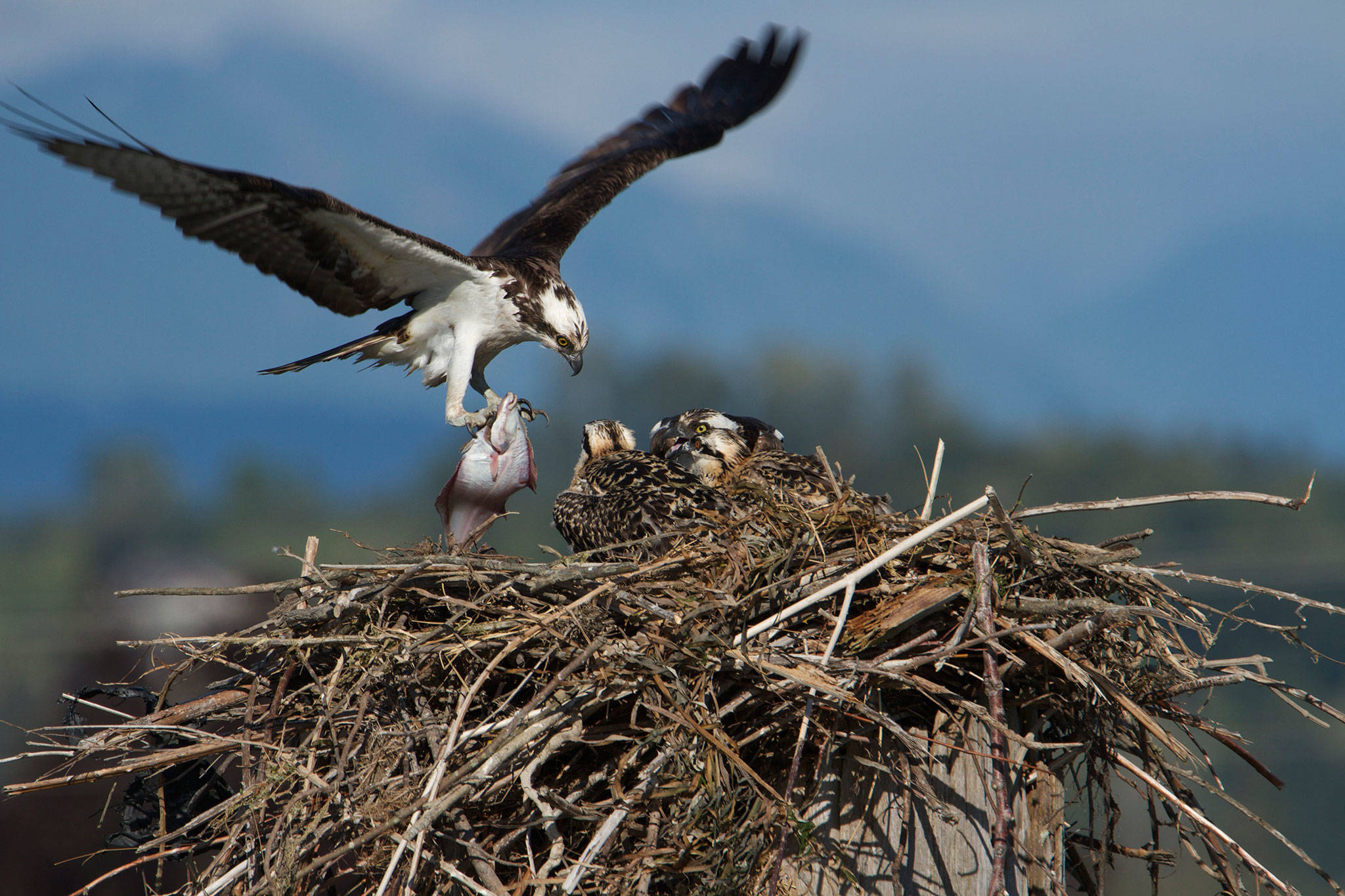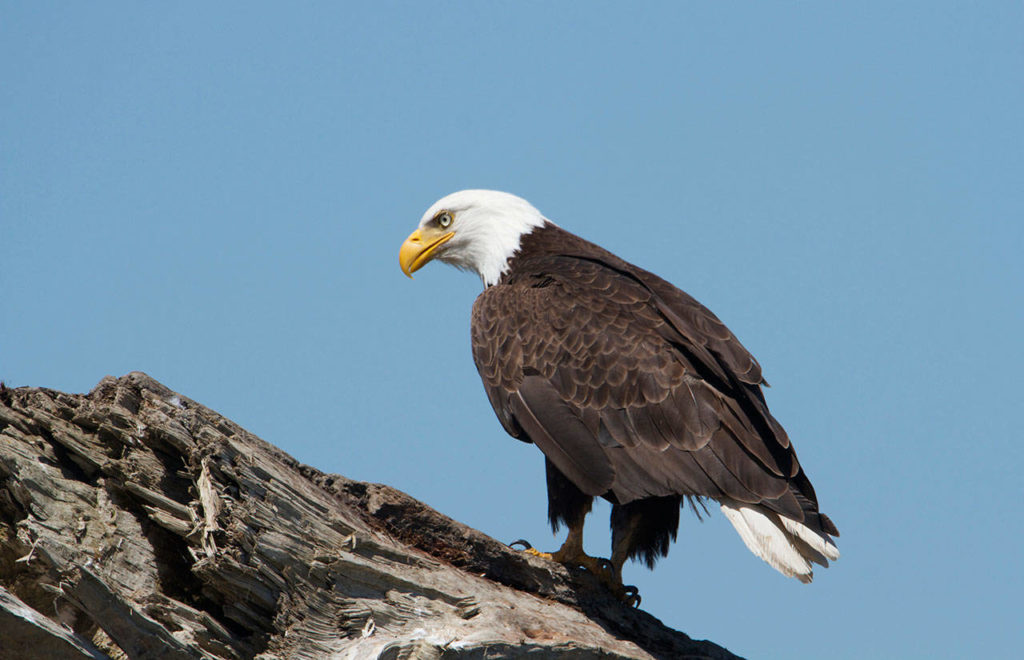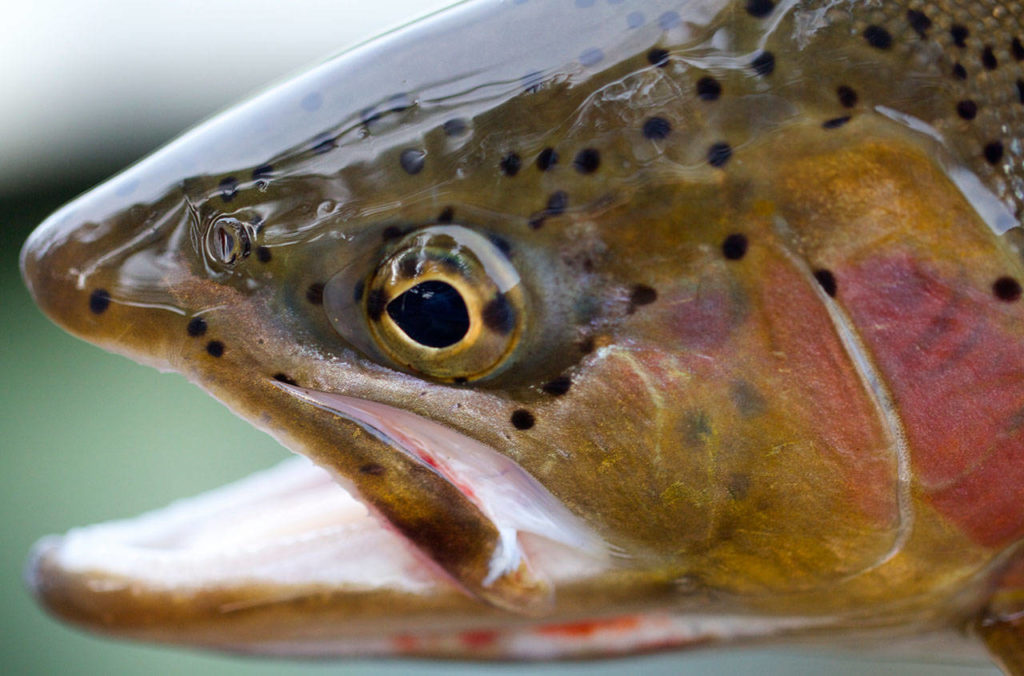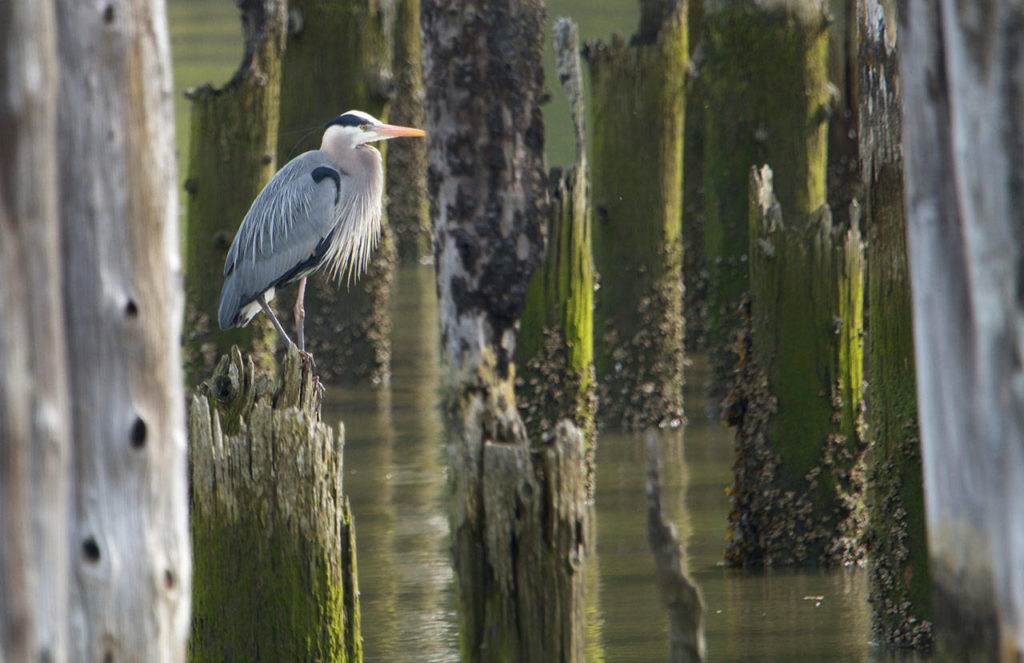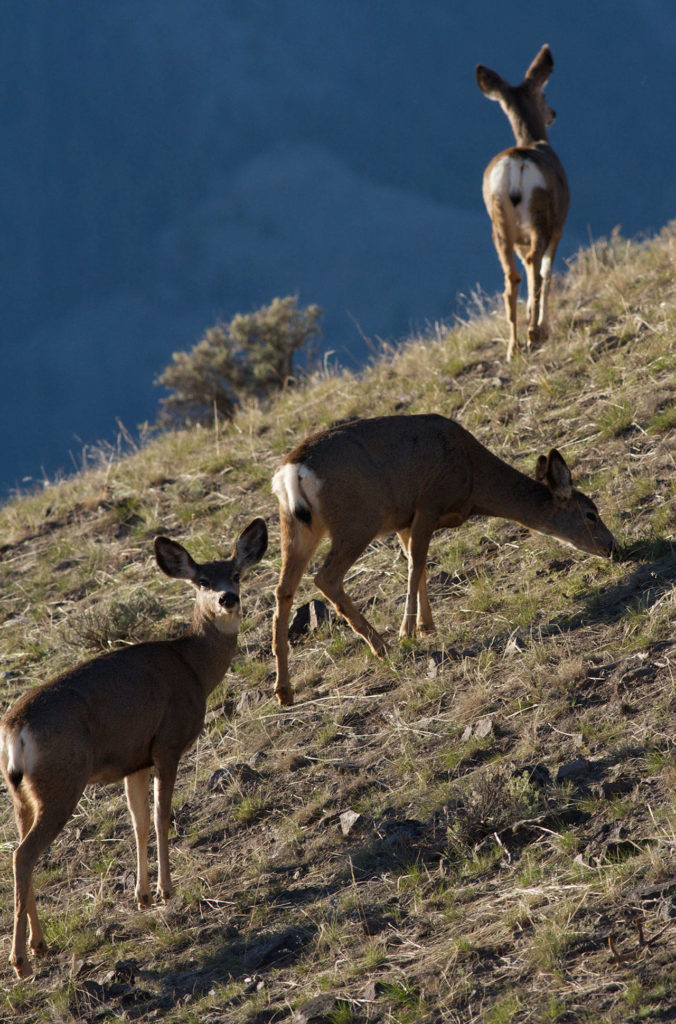By Mike Benbow
Special to The Herald
With smartphones and high-quality cameras that can fit into a shirt pocket, most of us don’t go anywhere without the ability to take a quick photo.
While a snapshot taken at the right time can be pretty amazing, the better photo usually comes with a little thought and planning. Or maybe it’s just being ready to take advantage of a good opportunity.
Here are five tips to help you improve your wildlife/outdoor photos:
1. Be observant
While heading out of the Everett marina recently to drop a few crab pots, a friend noticed 15 or 20 bald eagles sitting patiently on the jetty. A few were flying around overhead. We went back a few days later at the same stage of the tide and saw the same thing.
It turned out there was a minus tide and the eagles were waiting to gather whatever food they could while the tide was completely out.
Instead of zipping out to drop the crab pots, we first spent some time taking a few photos of eagles. A lot of times when we’re in the outdoors, we’re focused on one thing — catching a fish, getting some crab, hunting a duck. It never hurts to take a little time to look around and take advantage of a chance to take a few photos, however.
2. Be patient
As someone who lived a professional life always on deadline, patience was a hard thing for me to add to my photography. I’d take a couple photos of a heron and immediately look for something else to photograph.
Instead of looking for a new subject, think about how to make your next photo of the same subject better. Maybe it’s a closer look at the heron. Maybe it’s a photo of the heron capturing a fish for dinner. Maybe it’s a closer photo of a heron with a fish for dinner and the Olympic Range in the background.
Sometimes it’s just waiting for something cool to happen.
I love to photograph osprey bringing a fish to their nest for the family. They do that every few hours. That means you sometimes have to wait a few hours for that to happen, though.
3. Know your subject
Like us, other animals are creatures of habit. You can usually count on the eagles around the jetty at minus tides. Ospreys show up at their nests with a fish for the family every few hours. Herons like to fish the same haunts, usually around the same times.
If you read up on your subjects and spend time observing their habits, you’ll be able to take better pictures.
You can show up a little earlier than your subject, so you can find a good location with the sun at your back and a nice background (blue sky, mountains, etc.) Animals usually don’t like people moving around, but if you come a little early and find a good spot to settle in, they’re sometimes OK with that.
4. Examine the photo
I like to get close to my subject. If I can, I will fill the entire frame of the photo with the subject, but that’s usually not possible.
Before I click the shutter, I look at what’s in the rest of the frame. How is the background? Is it clear and uncluttered? Is there a stick that appears to be coming out of the subject’s head? Are the legs cut off, or an arm or a wing?
You can’t always do that if you’re grabbing a quick photo, but you can examine it and quickly take another one from a slightly different location to help clean things up.
5. Be gentle
I’m thinking of fish photos now. You know the ones. Someone has jammed their thumb in the mouth of the fish to lock onto its jaw and is holding it in the air, or they’re squeezing the fish in both hands to keep it from flopping back into the water.
That’s OK if you’re planning on eating the fish and you want a picture of it. It’s not OK if you’re planning on putting it back in the water. Many fish handled like that die — not immediately, but later.
The better photo for the fish is to leave it in the water and cradle its belly in your hand. That way it will still be able to breathe. When it’s time, you can tip the head up a little bit and snap the photo.
Then keep it in the water, remove the hook and release the fish. Pinching the barb down on the hook makes this process a lot less damaging.
Talk to us
> Give us your news tips.
> Send us a letter to the editor.
> More Herald contact information.
